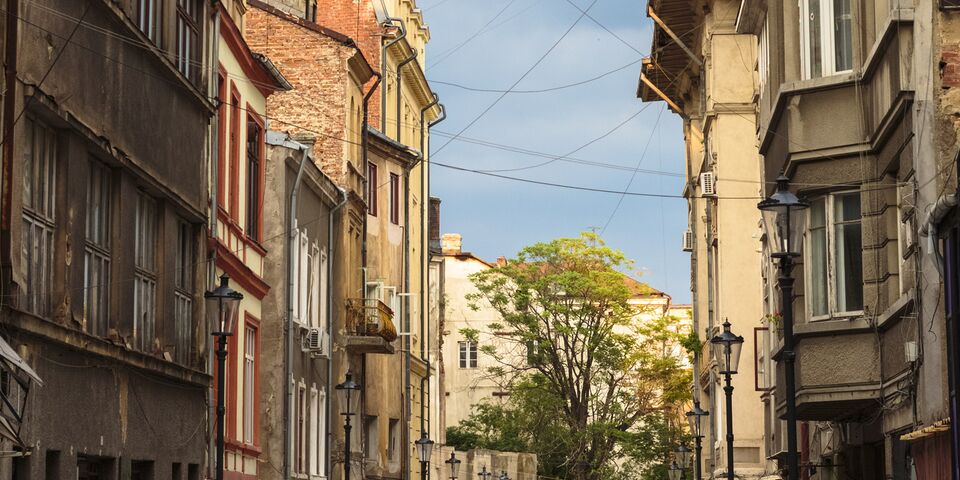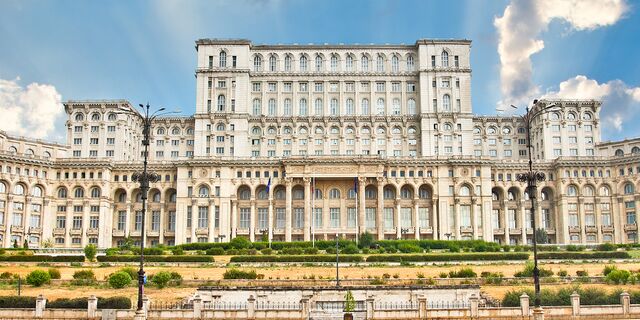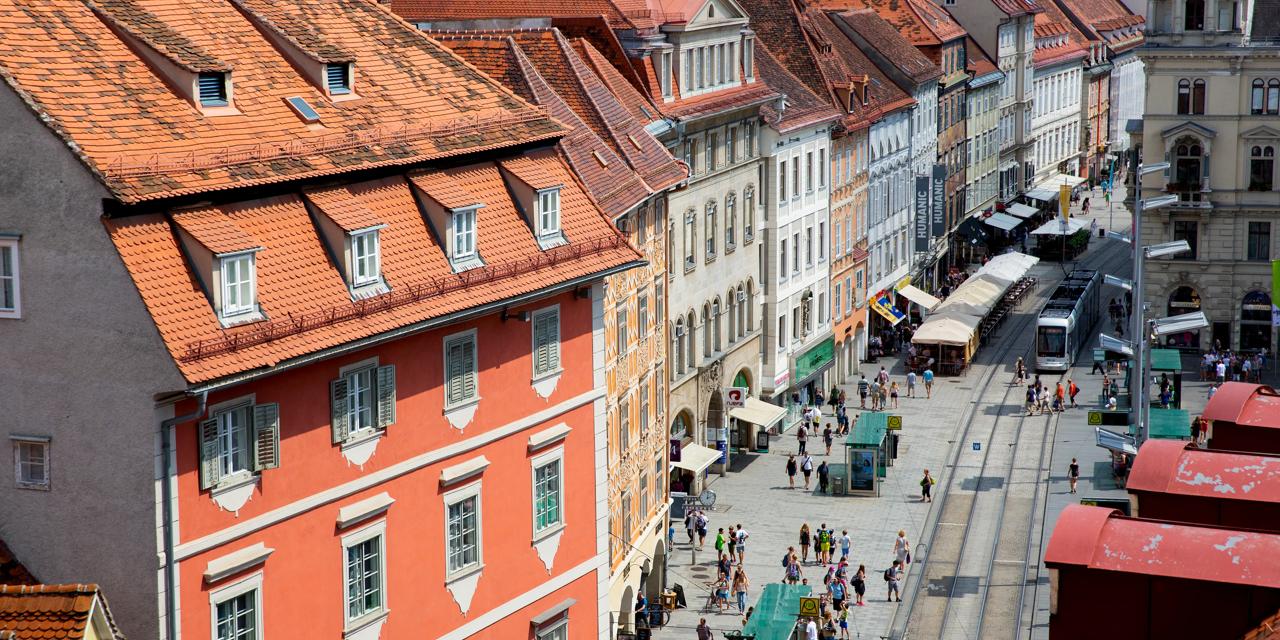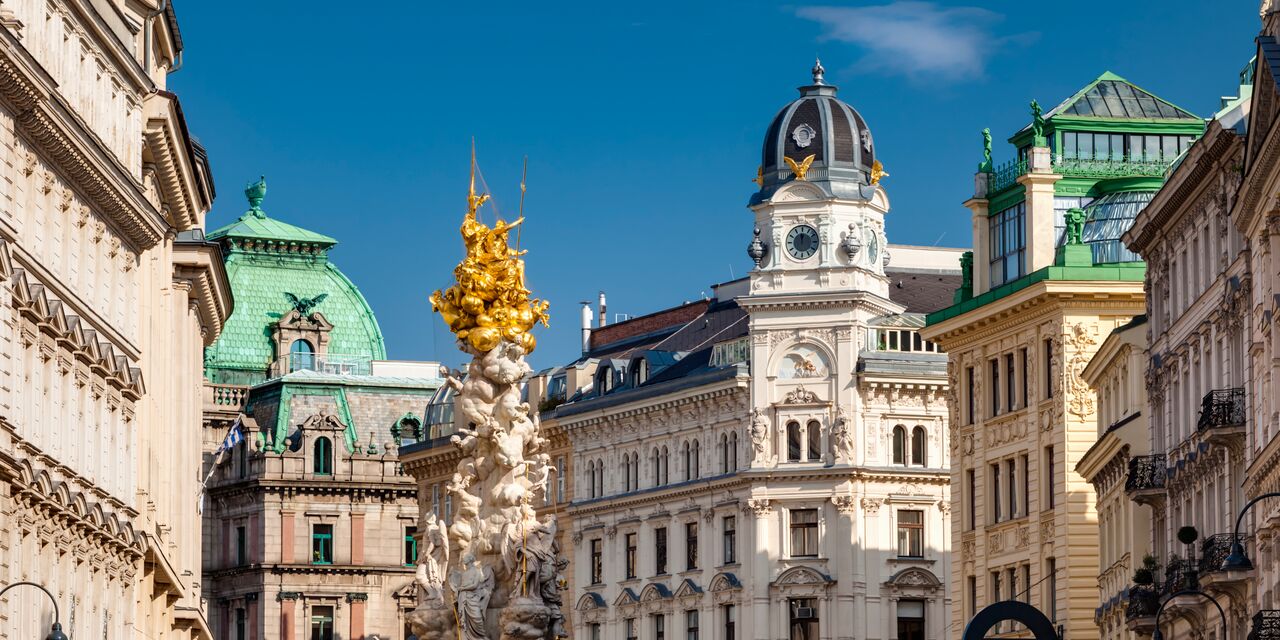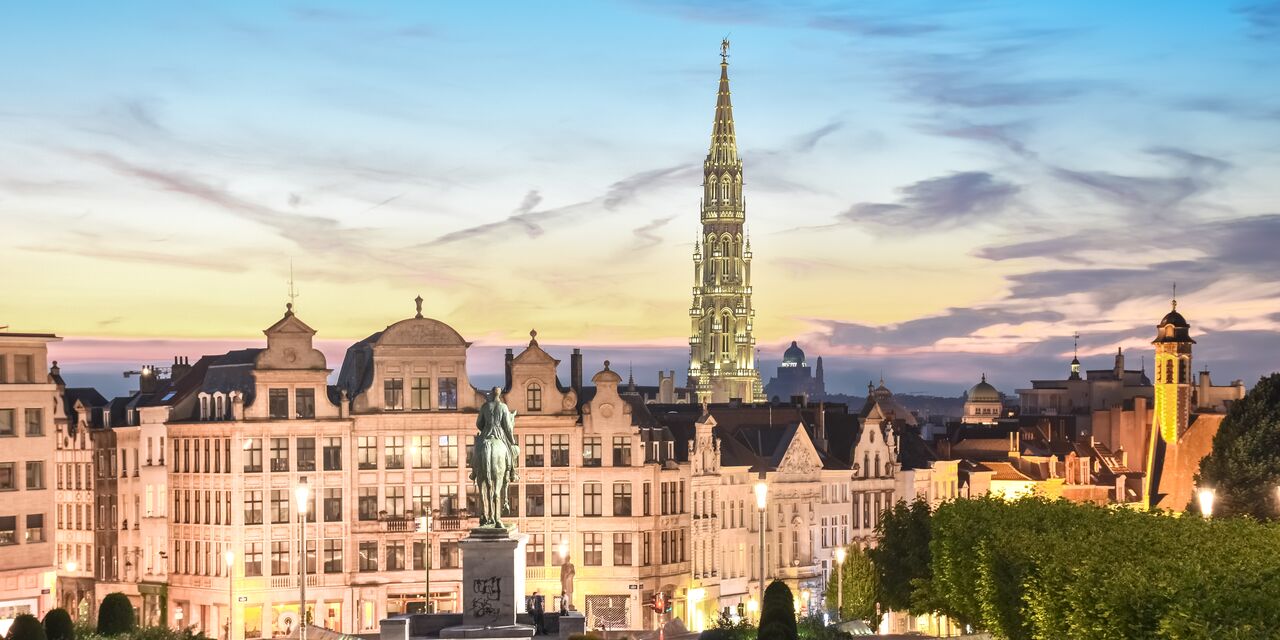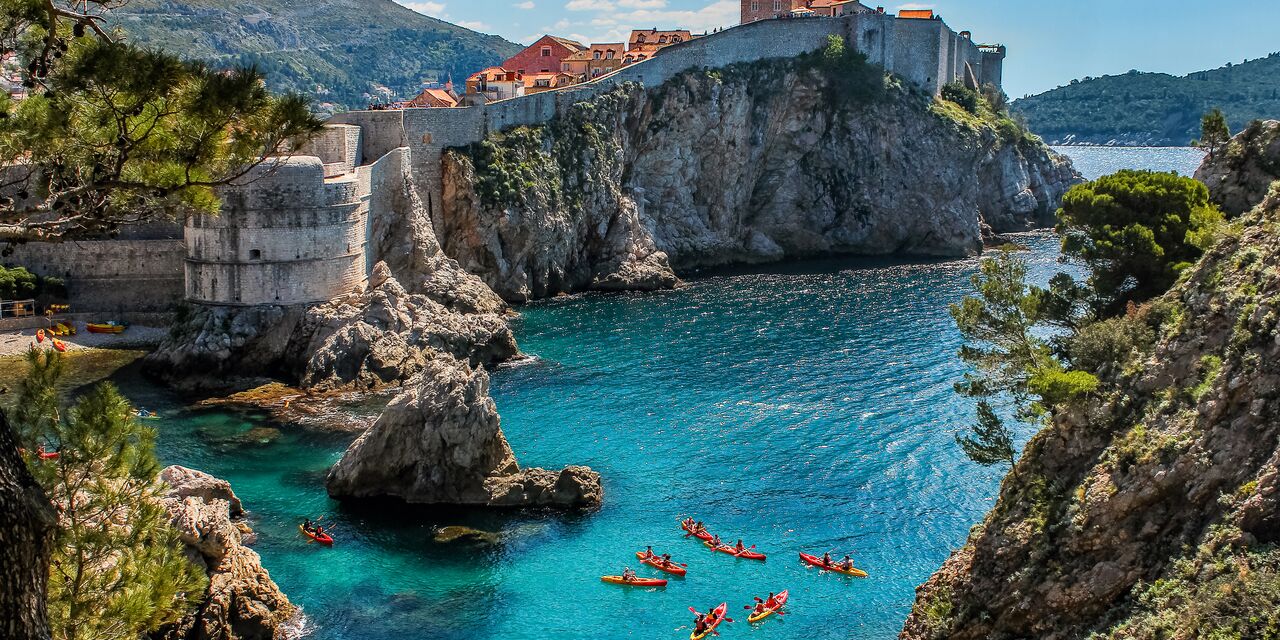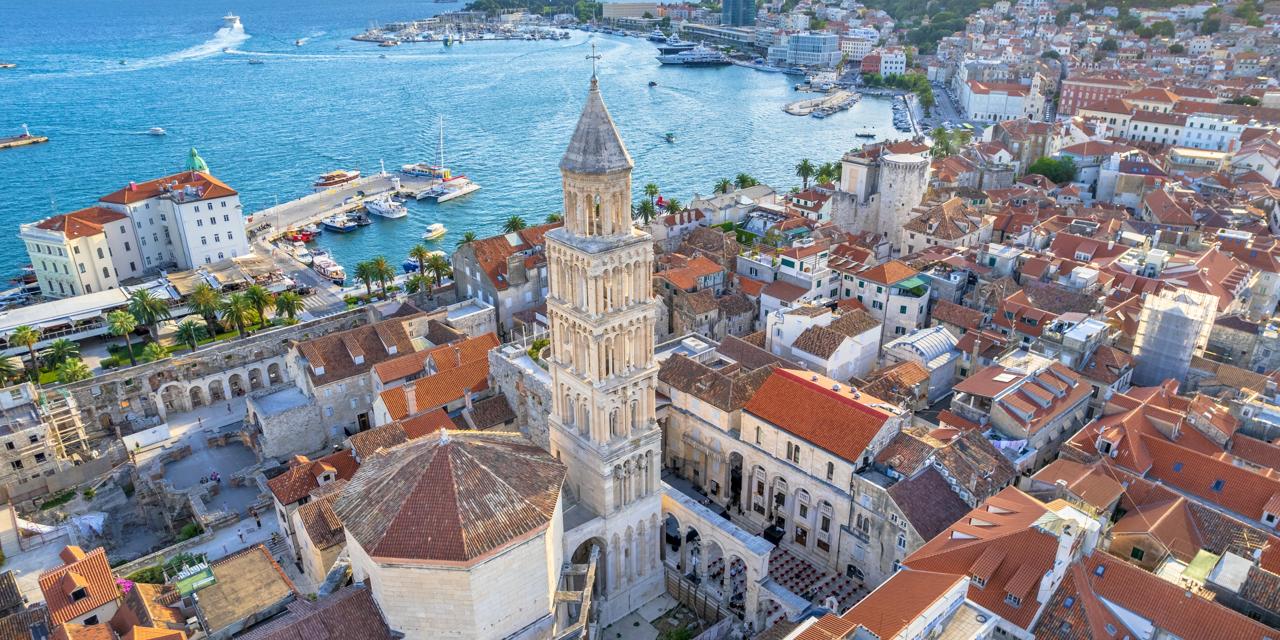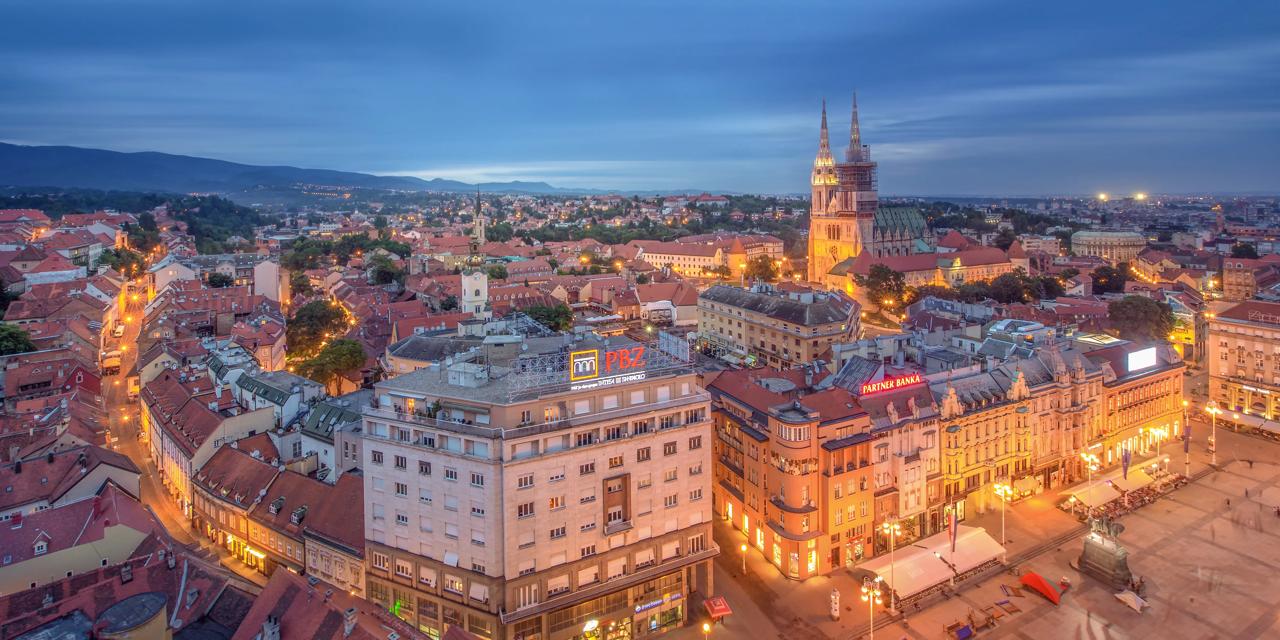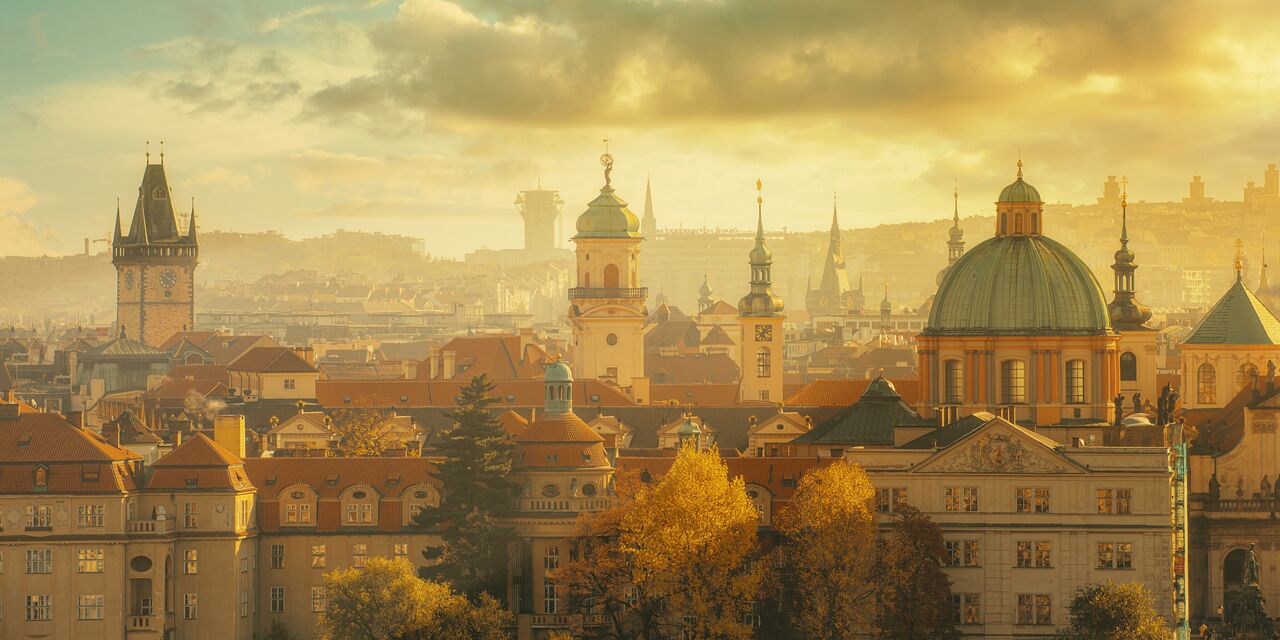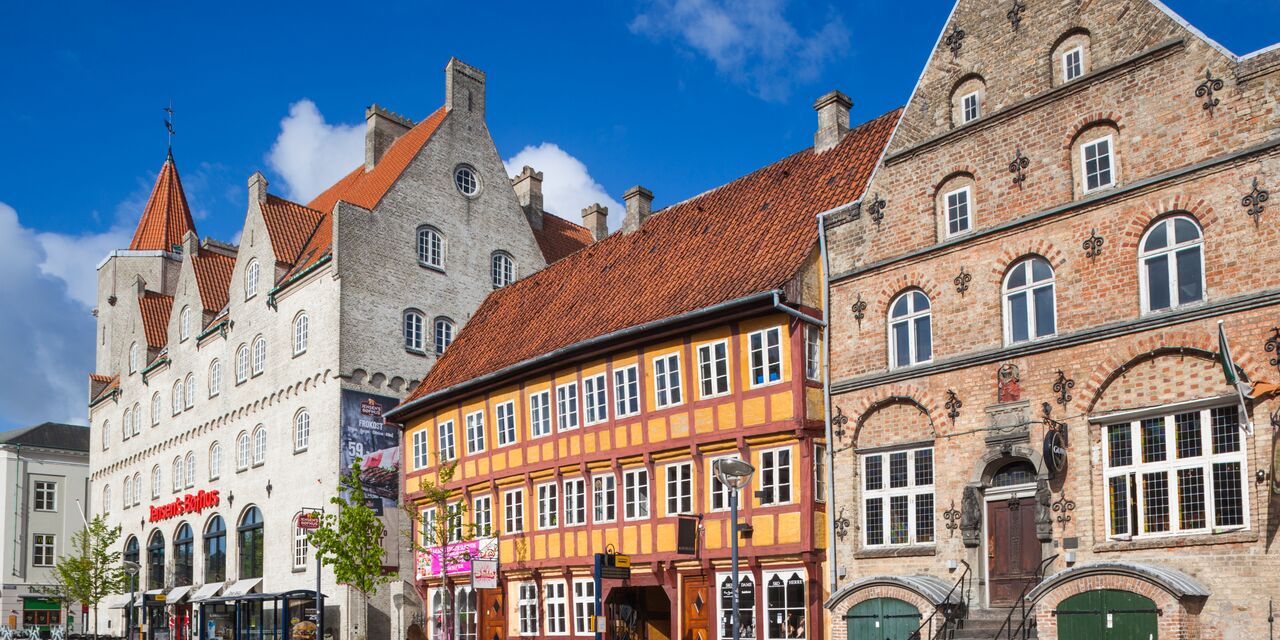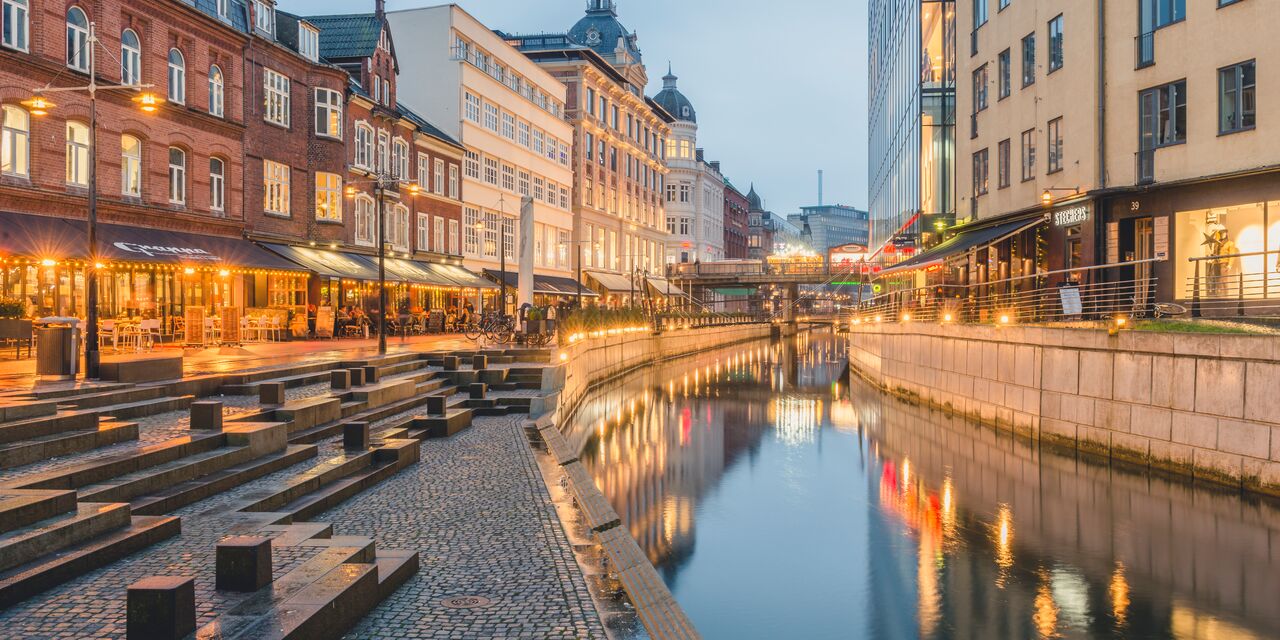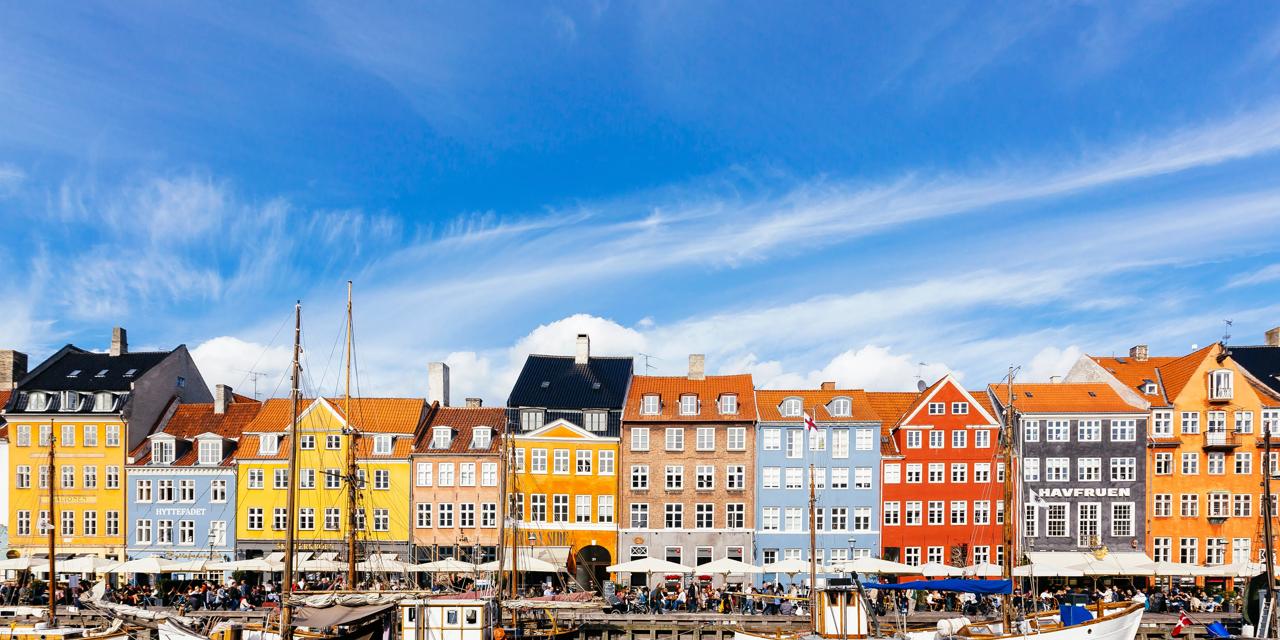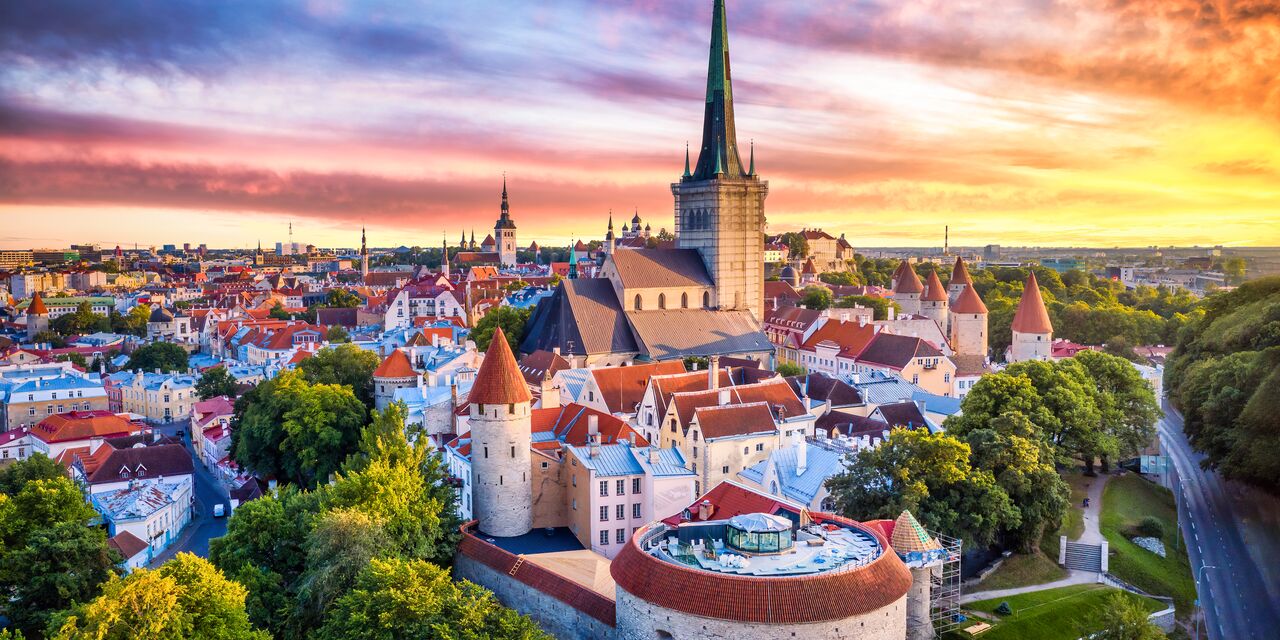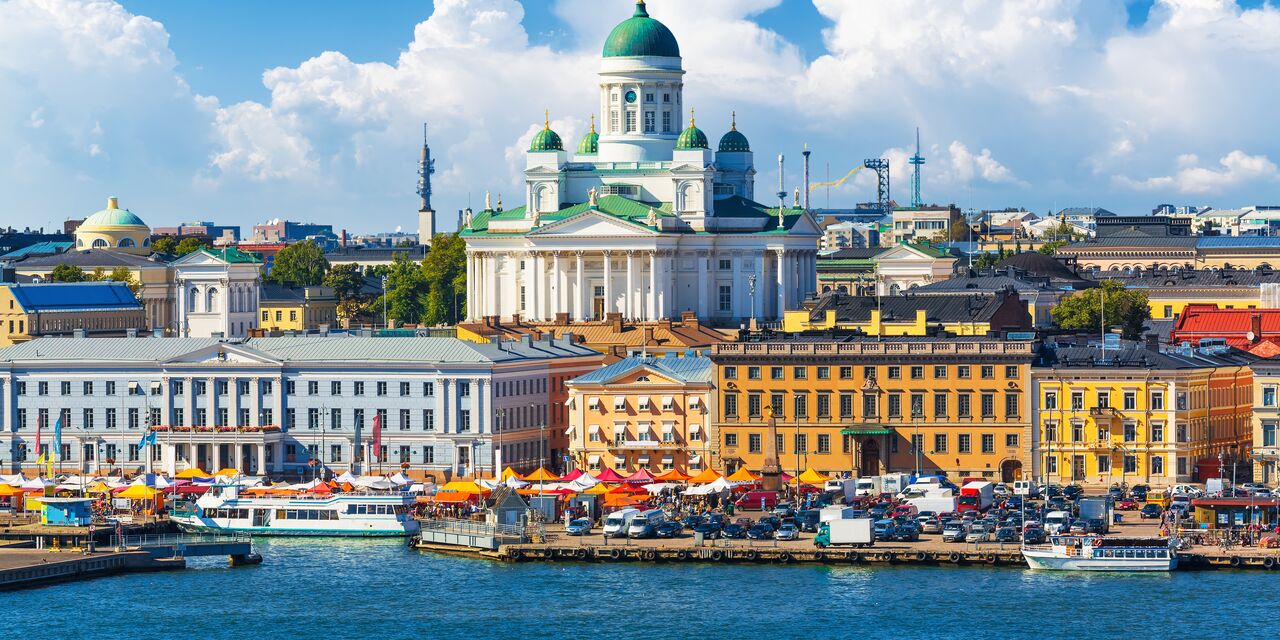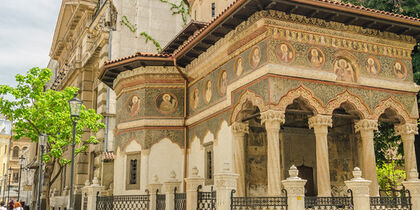
Old and new, side by side in harmony
The renaissance of a city district
Things change and the residents of Bucharest know this all too well. For centuries, Lipscani was the vibrant trading centre of the city. The names of the streets still refer to the different guilds that plied their trade here: goldsmiths, shoemakers and tanners. Yet after the Second World War, when the communist regime came to power, ‘Little Paris’ withered away. The historic city centre was no longer safe under Dictator Ceaușescu, but somehow Lipscani survived. The neighbourhood didn’t escape entirely unscathed, but many of the buildings have been restored to their former glory. Once the home to stray dogs and children in rags, the neighbourhood now features elegant ladies attending gallery openings. ‘Underground’ theatres have occupied the graffiti-clad buildings and bars and restaurants are multiplying fast. The area has a very laidback ambience, without any of the pretentiousness found in clubs elsewhere in the city.
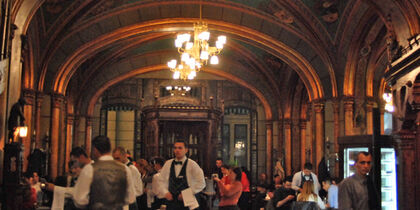
The nicest beer hall in Bucharest
Caru' cu Bere
The service in Bucharest’s hospitality industry has not always been the best – for example, restaurant Caru’ cu Bere at Strada Stavropoleos even had a reputation for its abysmal service. Yet people kept coming as it still had plenty to offer: the magnificent interior, dancing and excellent homebrewed beer. Luckily, these things haven’t changed, but since the new millennium the service has improved significantly. Outside there is even a sign that reads ‘Probably the best restaurant in Bucharest’.

